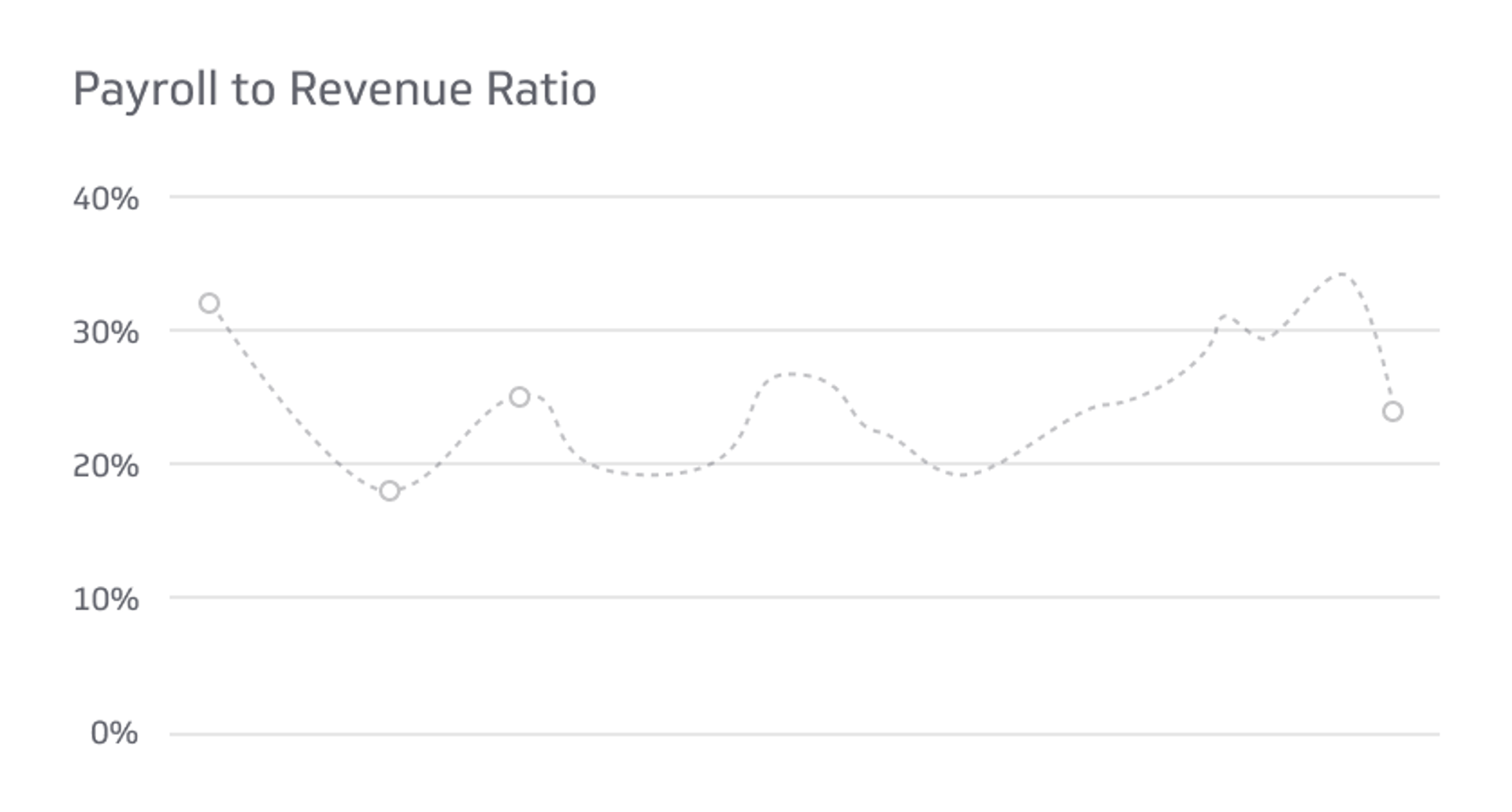And that $10,000 fee is not just the money today, but the greater amount it could compound into in 10 or 20 years or more. Structured products represent a pre-packaged investment strategy based on derivatives, such as a… Adam Hayes, Ph.D., CFA, is a financial writer with 15+ years Wall Street experience as a derivatives trader. Besides his extensive derivative trading expertise, Adam is an expert in economics and behavioral finance.
How Much Do Small Grocery Stores Make? + 6 Tips To Boost Sales
Compare the above to an index fund with a 0.03 percent fee, which would result in a charge of $300 on your $1 million portfolio. Indeed, fees can greatly affect returns, so it’s important not to ignore them. Ultimately, search for a fund that falls below the asset-weighted average. The offers that appear on this site are from companies that compensate us.
What is an expense ratio, and why is it important for investors?
A profit margin ratio is one of the most common ratios used to determine the profitability of a business activity. Furthermore, it indicates how many cents a company generates in profit for each dollar of sale. So if Company X reports a 35% profit margin, that means its net income was 35 cents for every dollar generated. In the above formula we notice that there are two different variables, the operating expense and the revenues. The operating expense refers to any expense made in the business related to its day-to-day operations or its core business activity. The Cost Revenue Ratio (CRR) or expense-to-revenue ratio measures your company’s operating expenses relative to its generated revenues.
Impact on Return on Assets and Equity
These fees are usually based on a percentage of the assets under management and are one of the main components of an expense ratio. Knowing the relationship between various financial metrics is crucial. You’re not just selling products; you’re trying to maximize profitability and keep your how to keep your side hustle from messing up your taxes store running. This ratio shows what percentage of net sales is consumed by operating expenses. ✔ The expense to revenue ratio is like your financial GPS, guiding businesses on the path to profitability. It’s all about how well you handle expenses compared to the revenue you bring in.
The mutual fund expense ratio, denoting the cost of owning a mutual fund or ETF, is essentially a management fee paid to the fund company for the privilege of holding the fund. For instance, if a fund charges 0.30 percent, you’ll incur an annual fee of ₹30 for a ₹10,000 investment. Passive investment strategies, such as index funds and ETFs, generally have lower expense ratios than actively managed funds. Investors seeking to minimize expense ratios may choose to allocate a larger portion of their portfolio to passive investments. For example, a fund with a higher expense ratio may deliver superior returns due to better management or investment strategy. It is important to analyze expense ratios in the context of the overall investment performance.
- A profit margin ratio is one of the most common ratios used to determine the profitability of a business activity.
- It serves as a tool to evaluate performance and guide strategic financial decisions for sustainable growth and profitability.
- For example, manufacturing businesses focus on cost per unit produced.
- By comparing this ratio with industry benchmarks or historical data, Company XYZ can assess its cost management practices and identify areas for improvement.
- Overall, keeping close watch on operating expenses ensures more revenue flows to the bottom line as net income.
TER significantly influences a scheme’s NAV; a lower TER correlates with a higher NAV. Therefore, TER is a crucial factor when selecting a mutual fund scheme. As per current SEBI Regulations, mutual funds must disclose the TER of all schemes daily on their websites and AMFI’s website. A high TER means that a significant portion of your investment returns goes towards paying fees, which can reduce your overall investment returns.
Clements founded a multi-strategy hedge fund and has served as its research director and portfolio manager since its inception. By now, you know that CRR estimates the balance between your costs and revenue. Hence, you can set a benchmark for selling your products/services using this number. Revenue expenditure is recurrent, while capital expenditure entails buying fixed assets.
It’s the ultimate gauge of how well you manage your expenses relative to the revenue you bring in. In simpler terms, it’s all about keeping your spending in check, ensuring you’re not bleeding money left and right. This indicates the percentage of profit after taxes that the corporation earned.








